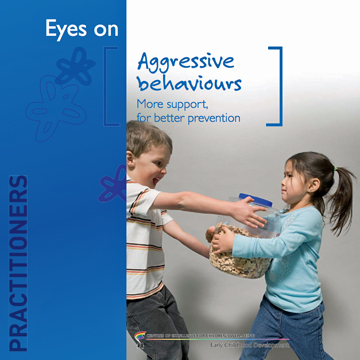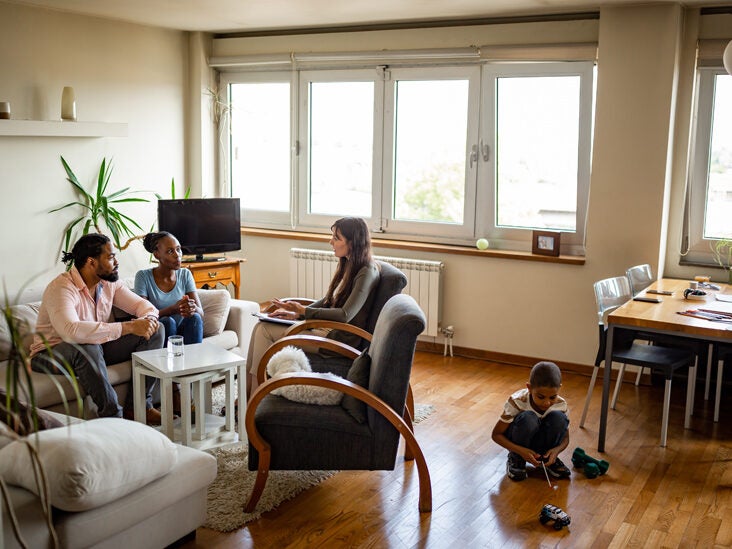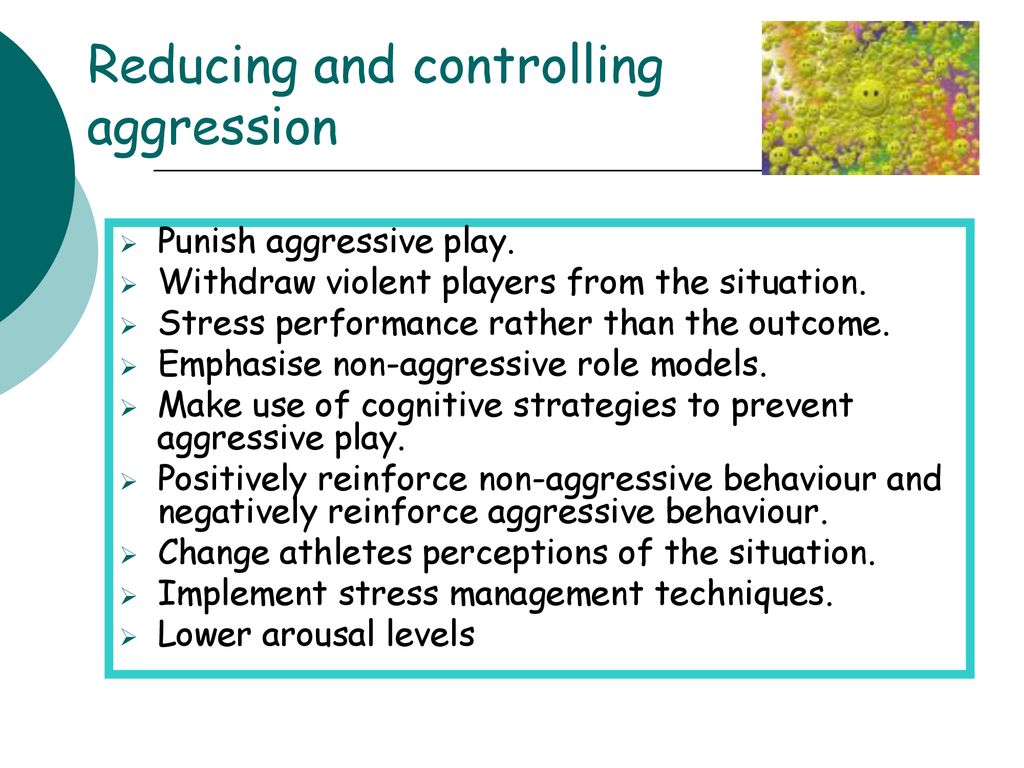Underrated Ideas Of Info About How To Prevent Aggressive Behaviour
/dogs-and-aggression-1118229_final-24ba368115ed4371bac59110c40527a1.png)
Luckily, there are some ways to help reduce hormones in.
How to prevent aggressive behaviour. Through this kind of assessment, teachers can identify specific antecedents and consequences that are associated. So, if you’re displaying aggressive behaviors, even if you don’t realize it, your dog will be mimicking those same behaviors. I don’t like that feeling either.” show compassion without giving in to the child’s demands.
The following techniques can help safely end physically aggressive episodes and deter repeat performances of physically aggressive behavior. To help reduce the risk of violent and aggressive behaviours, and avoid the use of restrictive interventions wherever possible, staff should have training specific to working with young. Your hands might be greeted with a head bow if they want a scratch, or they’ll be greeted with an aggressive lunge.
The first method involves engaging in less aggressive. In most cases, you'll use positive reinforcement to teach your dog new. Functional assessment can be helpful in reducing aggressive behavior.
Direct therapy at symptoms that are causing the most impairment or the most impairing diagnosis (e.g.,. Alternatively, you can avoid the situation altogether, but this is not a great way to learn how to reduce your aggressive behavior. Ensuring that you stay calm, loose, and relaxed will.
At the time before you react, take a deep breath, step back to give the person space and take some time. Use your forearm or a soft surface such as a pillow to stop your child from hitting themselves, and limit your verbal expressions. Try slowing down the day, increasing physical activities, reducing stimulation, an extra snack, a long bath, cuddle and story time before bed, controlling body temperature, etc.
Classroom influences on aggressive and disruptive behaviors of students with emotional and behavioral disorders. This communication represents a pattern of. Chapter 4, 'normal' aggression, in acting out (© 2007) set out clear expectations build rapport and be understanding show cultural sensitivity avoid negative talk.
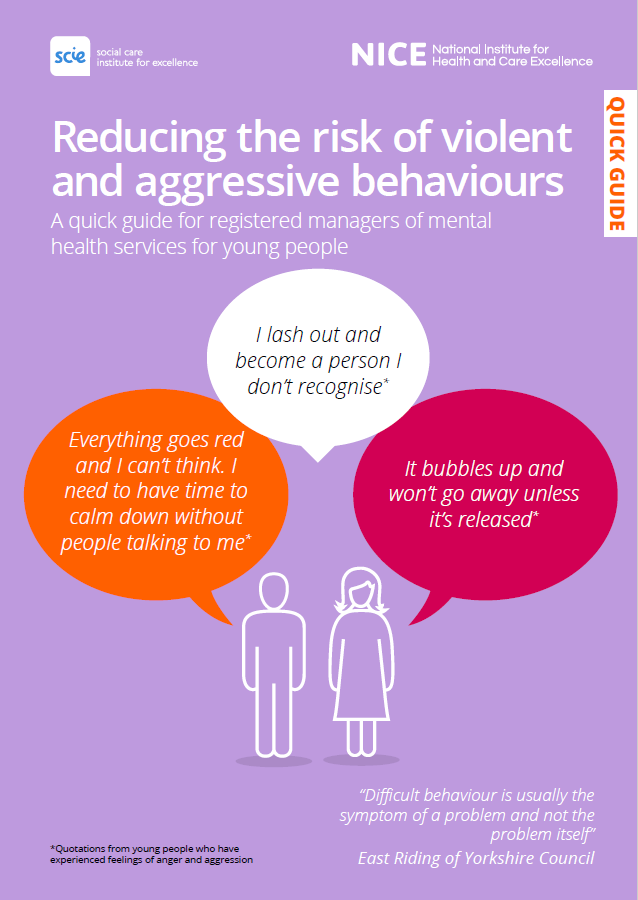

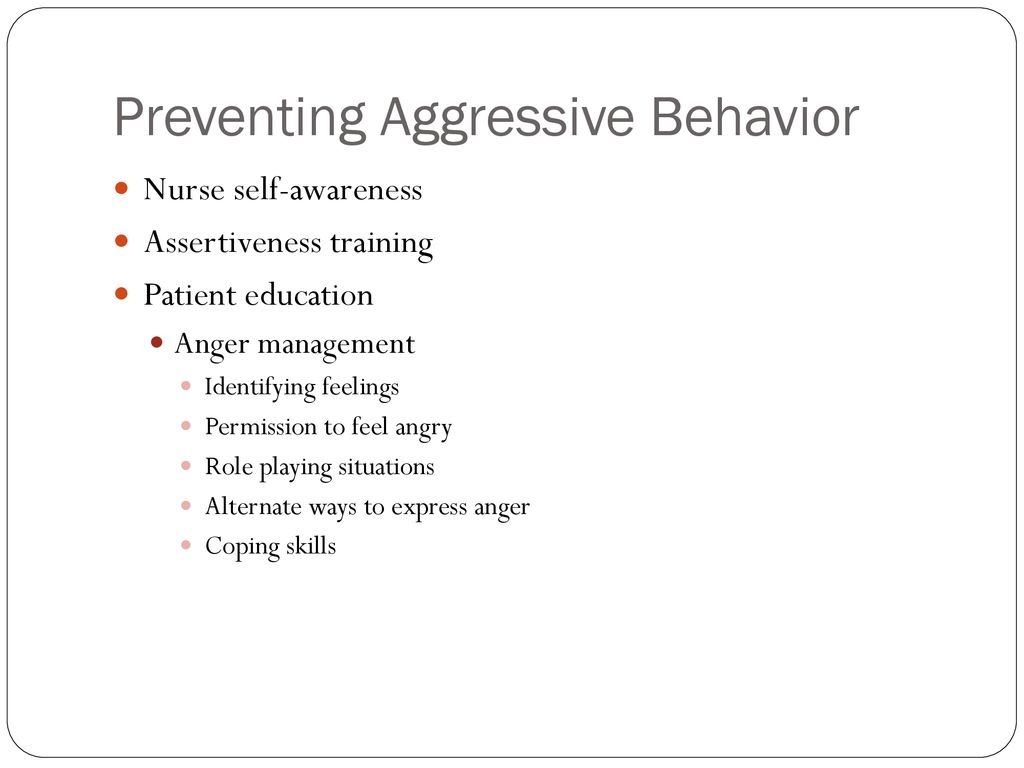





:max_bytes(150000):strip_icc()/what-is-passive-aggressive-behavior-2795481_final-b89054754f3e4363ab921bcddcd8ff3d.png)

